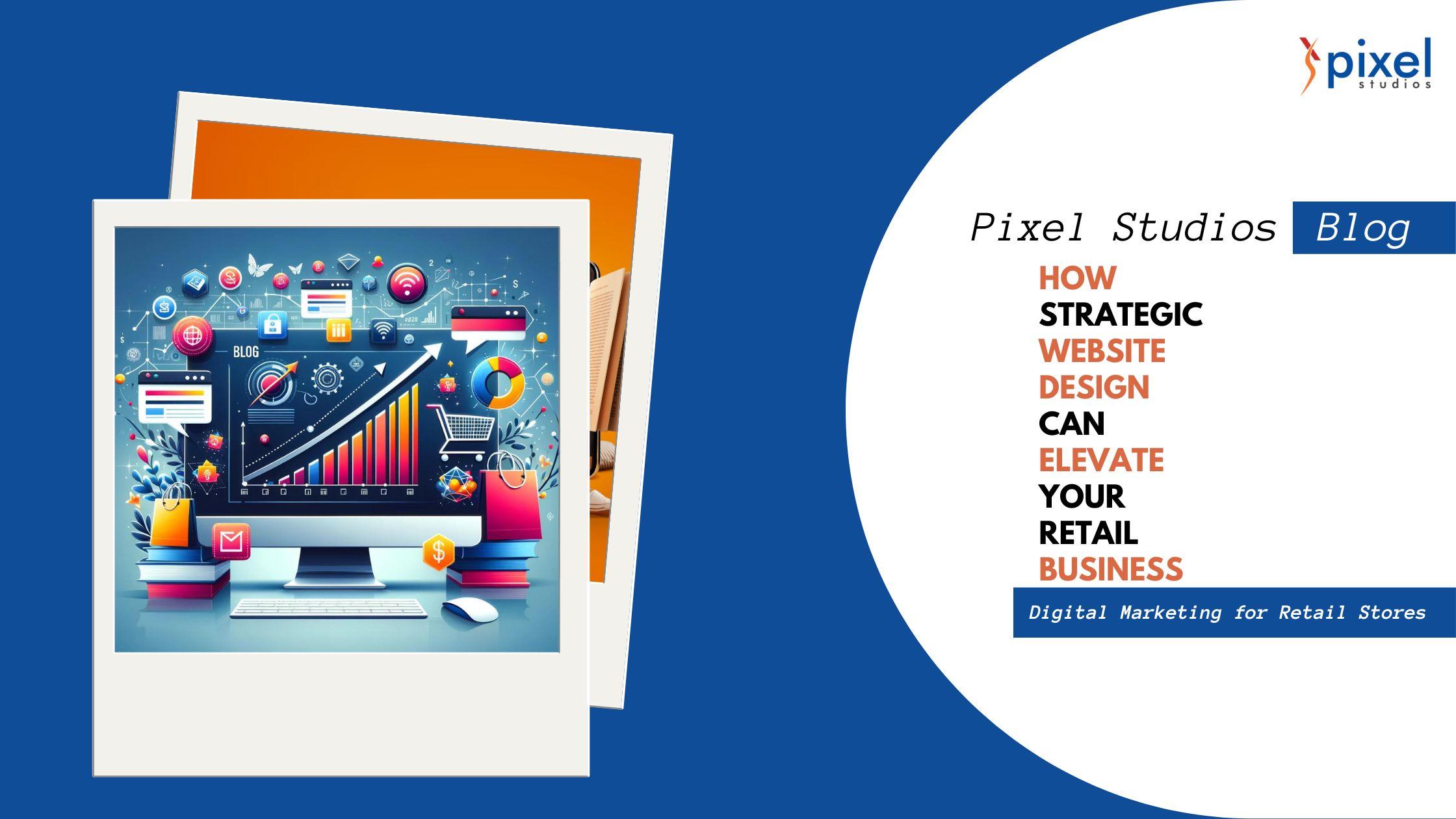The audiovisual (AV) industry has seen tremendous growth in recent decades to support the rising demand for technology in meeting spaces, conference rooms, corporate offices, and more. However, this expansion has also led to increased environmental impact through higher energy consumption and e-waste. Thankfully, the industry is now experiencing a “green revolution” as more companies adopt sustainable practices in AV system design, installation, and management. This blog post will discuss some of the key ways the AV integration field is becoming more environmentally friendly through the use of efficient equipment, energy savings strategies, and responsible end-of-life practices.
Choosing Energy Efficient Equipment
One of the main areas of focus for green AV practices is selecting power-saving equipment designs. When integrating new systems, installers now prioritize products with the following characteristics:
Low Power Consumption: Look for LCD displays, projectors, sound systems, and other components that use minimal power both when in active use and in standby/sleep modes. The lower the power ratings, the smaller the carbon footprint.
Energy Star Certification: Equipment with Energy Star certification has undergone third-party testing to prove it uses 20-30% less energy than standard models. Prioritizing Energy Star gear ensures maximum efficiency.
Adaptive brightness: For projectors especially, models with auto-brightness adjustment use less power by varying lamp output based on ambient light conditions. This optimizes energy usage.
Renewable Energy Capability: Some advanced solutions now include features like USB ports that allow renewable energy sources like solar panels to power peripheral devices.
Deploying Strategies for Energy Savings
It's not enough to just buy green-labeled products - integrators must thoughtfully design whole systems with energy efficiency in mind through practices like:
Scheduling and Sensor Controls
Setting up automatic schedules to power equipment down during unoccupied hours reduces wasted energy compared to always-on defaults.
Occupancy sensors take this a step further by instantly dimming or powering off displays, lighting, etc. when a room is vacant.
Integrating with building automation systems ensures spaces are using only as much power as necessary.
Centralized Power Management
Installing a central control processor allows remote monitoring and power management of an entire installation from one dashboard.
This facilitates easy scheduling, remote troubleshooting/upgrades to improve efficiency over time.
Central power switches avoid wasting standby electricity by enabling "power down all" with a single command.
Prioritizing Network/Cloud Solutions
Networked conference room systems and digital signage mean fewer discrete boxes consuming power individually.
Cloud-based content and device management further streamlines energy usage versus distributed hardware.
Thoughtful System Design
Zoning spaces efficiently and using smaller, strategically placed displays instead of one large screen reduces the total energy load.
Installing task lighting controlled by occupancy sensors cuts back on unnecessary general illumination.
Progressive Waste Management Practices
While new green equipment helps, the AV field must also address the growing problem of electronic waste (e-waste) from outdated gear. Sustainable installers implement strategies like:
Recycling/reusing old hardware through asset management programs that refurbish components for resale or donate to schools.
Responsible end-of-life disposal via certified e-waste recyclers who handle broken products in an environmentally safe manner.
Minimizing waste from new installations by donating still-functional removed equipment whenever possible rather than trashing.
Selecting modular, updatable designs that facilitate replacement of individual components versus entire systems to extend usable lifetimes.
Creating Sustainability Plans
The most eco-conscious integration companies go above and beyond immediate green initiatives by:
Developing formal sustainability plans and policies
Outlining goals, metrics, and accountability for ongoing reductions in emissions, waste, water usage, packaging materials, and more.
Offering client consulting services
Advising customers on their own AV sustainability with assessments, recommended upgrades, grant/incentive research assistance, and ongoing optimization.
Educating industry peers and end-users
Sharing knowledge helps accelerate embracing green practices throughout the value chain via published guides, webinars, and more.
Pursuing third-party certifications
Obtaining recognitions like LEED provides validation of commitments and motivates constant improvement.
Conclusion
As technology continues powering modern work and life, the AV industry must lead the way in demonstrating innovation can coexist with environmental stewardship. Adopting the sustainable practices discussed here allows integrators to grow their businesses while reducing carbon footprints and e-waste burdens. With heightened collaboration between manufacturers, installers and customers - as well as supportive policies - the green transformation of AV is well underway.
Read Related:- https://audioboxpro.jimdofree.com/2024/02/08/the-basics-of-av-system-integration-a-comprehensive-guide/




